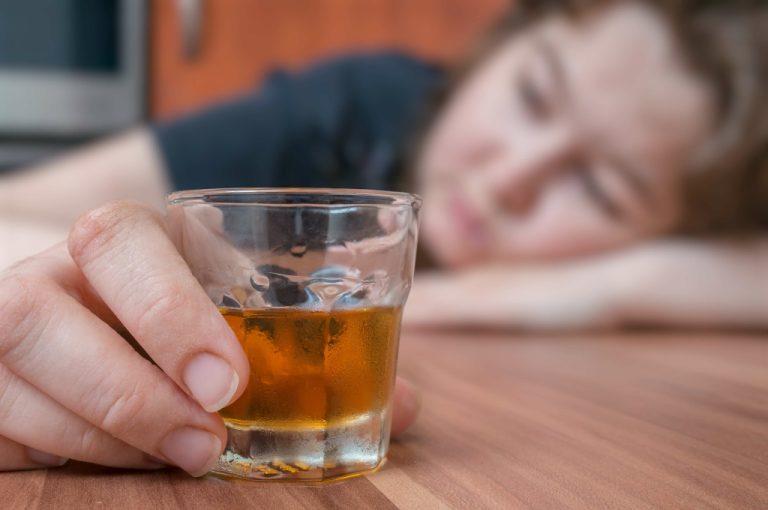Due to generally having a higher alcohol content, some wine fans declare that the best wine to get drunk fast is red wine. It may get us to the level we want quicker, but it can also produce a more regrettable aftermath. Knowing more about the different stages and the symptoms that accompany them can help us set limits and reduce the severity of an unpleasant aftermath. Avid wine fanatics commonly use the term “wine drunk” and swear by the unique drunk feeling they claim wine brings. Feeling left out and wondering if the wine bottle bliss is as good as some people say?

FAQs about Emotional and Psychological Effects of Being Drunk
For outpatient treatment to be effective, the person needs to have a stable home situation that is supportive of recovery. Partial hospitalization programs (PHPs) provide similar services to inpatient programs. Services include medical care, behavioral therapy, and support groups, along with other customized therapies.
Stage 4: Confusion
Although wine is made from grapes, its health properties and effects stray far from its source. Through the fermentation process, the sugars in grape juice are transformed into ethanol, the main component of alcohol. A bottle of vino is a typical pairing with special occasions and a range of culinary delights, and wine seems to be offered as an accompaniment wherever https://ecosoberhouse.com/ you go. With rave reviews from the wine divas in our life, we may be left wondering if wine can leave us feeling as pleasant as some say.
Drug Detox Timeline Explained: Stages and Duration
The experience of being drunk differs from person to person, but it commonly results in a decrease in inhibitions and a heightening of emotions. As you get drunker, you will start to experience more physical symptoms. This is because alcohol depresses your central nervous system and interferes with your brain’s communication pathways, affecting how your brain processes information. As you drink more, your body and brain functions will slow down considerably, and you will be at a higher risk of injury. If you or someone you know is struggling with alcohol addiction, it’s essential to seek professional help. There are various resources available to provide guidance and support, including addiction treatment centers, counseling services, and support groups.
When the body can no longer excrete alcohol effectively, all vital functions slow dramatically. The individual will slip into a critically unresponsive state—a coma. At this stage, with a BAC of 0.35% to 0.45%, immediate emergency medical attention is absolutely vital. Without prompt intervention, this level of intoxication can be fatal.
While there isn’t a guarantee you will be below 0.08 Sobriety BAC at this stage, it is a good marker to prevent some of the harmful effects of alcohol if you continue drinking. Immediate medical attention is imperative in the lead-up to this last stage of drunkenness to prevent death from alcohol poisoning and/or other fatal symptoms. Indeed, at a BAC of .45 or above, you are probably going to die from alcohol poisoning.
Your understanding of the above consents and disclaimers is greatly appreciated. For any queries or concerns related to this communication method, please reach out to us through official channels provided by Harmony Recovery Center. You will not be able to breathe normally, and your gag reflex won’t work correctly. This can be dangerous — even fatal — if you choke on your vomit or become critically injured.
- The effects of cannabis on coordination can depend on various factors, including the strain, potency, and individual tolerance.
- Since our body needs to work harder to break down ethanol and added congeners, the toxins from alcohol take longer to be metabolized and eliminated.
- Bloodshot eyes can be a visible sign that someone has consumed alcohol, but it’s essential to note that other factors, such as fatigue or allergies, can also cause red eyes.
- Consuming large amounts can lead to severe anxiety, paranoia, and even hallucinations in some cases.
- The severity of these symptoms can increase as the level of intoxication rises.
- When you consume alcohol, it is absorbed through the stomach lining and into the bloodstream.
The brain essentially becomes “trained” to depend on alcohol for the production of those feel-good endorphins and for maintaining chemical balance. And, as more alcohol is consumed over time, the brain’s tolerance for reaching those “positive” effects increases. More and more alcohol is needed before the brain’s reward center is satisfied, fueling a dangerous spiral of increased consumption. BAC measurements provide estimates, but many factors affect how alcohol impacts each person. Responsible drinking and knowing personal limits are essential for preventing harm to oneself and others. There are many ways to achieve the feeling of being drunk without drinking alcohol.
How Long Does Medicare Pay for Inpatient Rehab?
Recognizing the signs and symptoms of each level can help prevent dangerous situations and allow for timely intervention when necessary. In this article, learn about how it feels to be drunk according to blood alcohol content (BAC) level. All of this is to say that if getting drunk sounds like a form of harmless fun, think again. Anyone who drinks heavily should know the health risks ahead of time— as well as how to get help for an alcohol problem.

Mental Health Treatment
One of the most well-known liver conditions caused by alcohol is alcoholic hepatitis, which involves inflammation and liver cell damage. Prolonged alcohol abuse can progress to more severe liver diseases such as cirrhosis, where healthy liver tissue is replaced by scar tissue, impeding liver function. Alcohol consumption can have various detrimental effects on the body, particularly on organs like the heart, liver, and pancreas. Additionally, there is a clear association between alcohol consumption and an increased risk of certain types of cancers. A typical adult what does being drunk feel like would reach this level after 4-5 standard drinks within a couple hours. Extreme levels above 0.25% put one at high risk for alcohol poisoning, unconsciousness, and even death.
